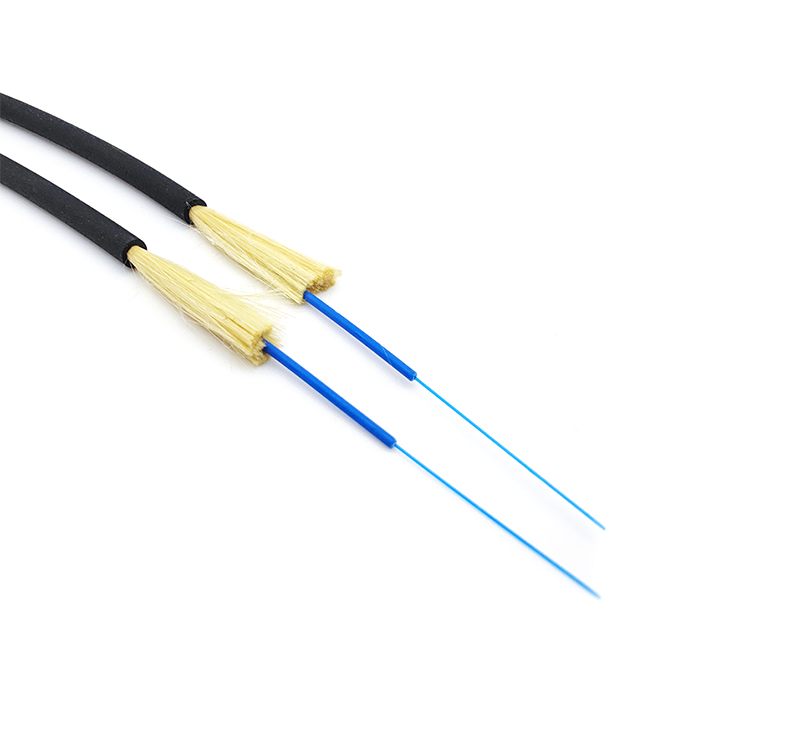One day in 1870, the British physicist Dundar went to the lecture hall of the Royal Society to talk about the principle of total reflection of light. He did a simple experiment: he drilled a hole in a bucket filled with water and lit the water from the top of the bucket with a lamp. The results astonished the audience. People saw the shining water coming out of the hole in the bucket. The water bent and the light bent. The light was captured by the crooked water.

It has been found that light travels along a fine stream of wine ejected from a barrel; Light has also been found to travel along curved glass rods. Why is that? Doesn't the light go straight in any more? These phenomena attracted the attention of Dundar. After his research, he found that this was the effect of total reflection of light [2]. Since the density of water and other media is higher than that of surrounding substances (such as air), that is, light from water to air, when the Angle of incidence is greater than a certain Angle, the refracted light disappears and all light is reflected back to water. On the surface, light appears to be bending in the current.
Then they made a transparent glass filament, thick and thin like spider silk, called fiberglass. When light hits the fiber at the right Angle, it travels along the curved glass. The fiber is called an optical fiber because it can be used to transmit light.










